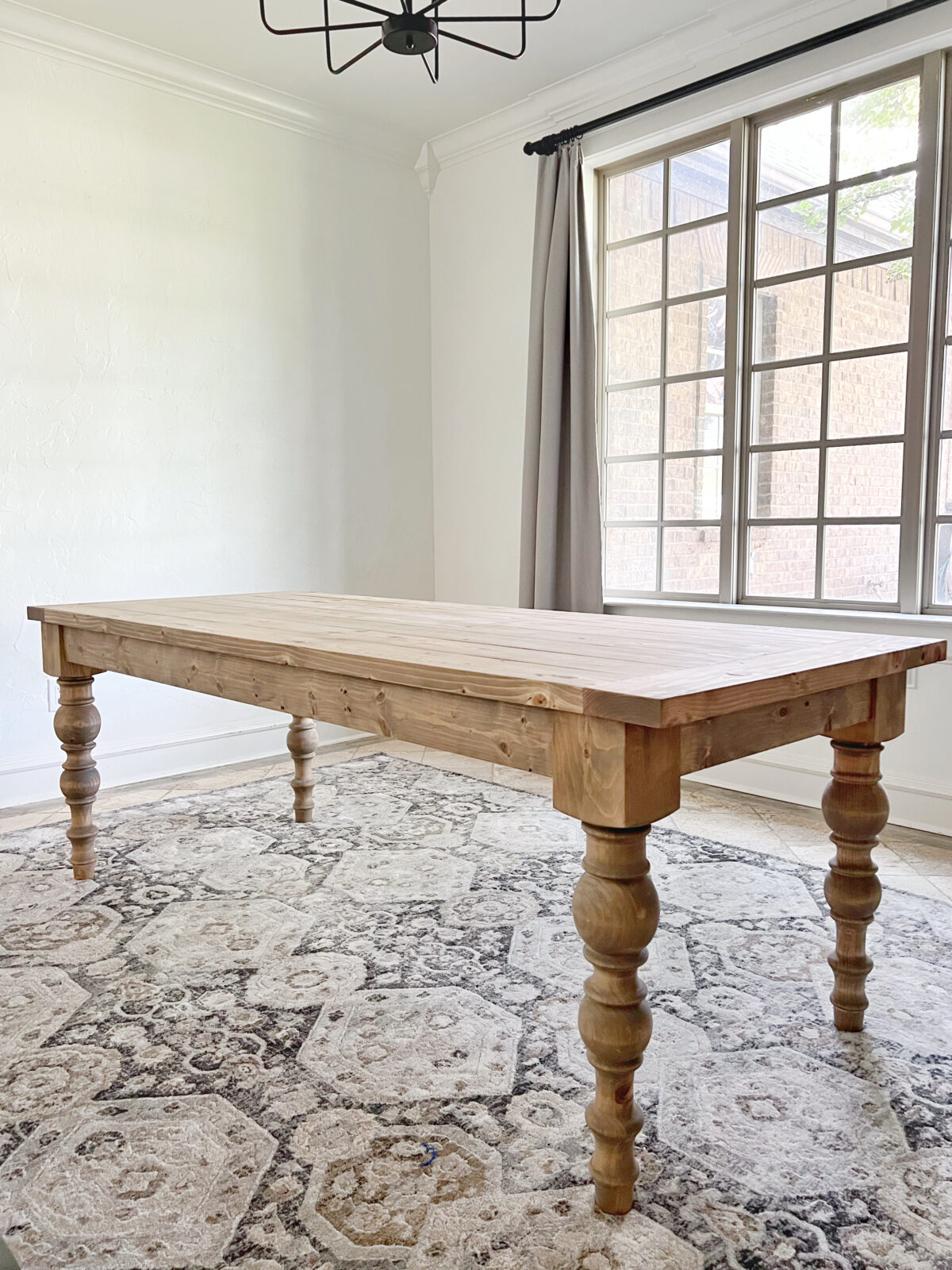An In-depth Look at Dining Table Leg Styles: Locating the Suitable Suit
Picking the appropriate table leg style is important for both aesthetic charm and practical performance. Traditional 4 legs use timeless style and stability, while the pedestal base gives boosted legroom and a modern appearance. For those with larger tables, trestle legs ensure durable support, whereas barrette legs introduce a mid-century modern-day vibe with their minimal design. The x-shaped legs blend modern style with enhanced security. Each of these options brings special advantages, making the choice much more than just an issue of preference. Discover better to uncover which style completely enhances your dining room and lifestyle.
Conventional 4 Legs
Among the different kinds of table leg designs, the conventional four-leg style remains an ageless option for numerous households. This timeless arrangement supplies an unified mix of functionality and appearances, making it a perennial fave. Four legs supply balanced assistance, making certain the table stays secure and capable of birthing substantial weight. This is particularly beneficial for houses that frequently host huge celebrations or utilize their dining table for numerous functions, such as job or crafting.
From a visual perspective, the typical four-leg layout can be conveniently adjusted to numerous indoor styles. Whether crafted from wood, metal, or a mix of products, these legs can be intricately carved, smooth and minimalistic, or anything in between. Their versatility enables them to match both rustic and contemporary setups flawlessly.
Moreover, the uncomplicated framework of the four-leg layout assists in convenience of activity and placement within a room. Unlike even more complicated bases, this design reduces obstructions, supplying enough legroom for restaurants. In recap, the typical four-leg table leg style marries enduring style with practical functionality, making it a sharp choice for those seeking both type and function in their dining furniture.
Pedestal Base
Typically commemorated for its elegant and space-efficient layout, the stand base is a recognized option to the conventional four-leg configuration in dining table leg designs. This unique base normally includes a solitary main column sustaining the table top, which can differ in kind, from ornately carved wood to streamlined, contemporary steel. One of the main benefits of the pedestal base is its capacity to make best use of legroom and seating flexibility. Without edge legs, restaurants are afforded greater freedom of activity, making it an optimal choice for round and oblong tables that promote more intimate and inclusive celebrations.
Furthermore, the pedestal base's central support can manage substantial weight, permitting making use of larger table tops, such as marble or thick hardwood. This toughness combined with its aesthetic adaptability makes the stand base a prominent selection in both standard and contemporary interior setups. It can effortlessly integrate with various style styles, from classic style to minimal modernity. Furthermore, the main column itself uses a canvas for detailed layouts and creative expressions, adding a component of visual interest below the table. In summary, the stand base integrates functionality with design, making it an improved and sensible choice for diverse dining environments.
Trestle Legs
Trestle legs offer a robust and timeless structure for dining tables, identified by their straight cross-bracing and tough support light beams. Originating from middle ages times, this style has developed yet retained its crucial framework, making it a perennial fave in both standard and modern settings. The central trestle light beam, commonly sustained by two or even more vertical articles, provides outstanding security, enabling larger table lengths without the demand for extra legs.
A significant benefit of trestle leg tables is the sufficient legroom they use. Unlike tables with four edge legs, the absence of blockages at the table's sides gives unimpeded space for chairs and restaurants, enhancing comfort and ease of access. This makes trestle tables suitable for accommodating bigger celebrations, whether in a dining room or a banquet hall.
The aesthetic convenience of trestle next legs is notable. Offered in a range of products such as timber, metal, and composite, they can be finished to complement a wide variety of indoor designs. From rustic farmhouse to streamlined modern layouts, trestle legs can be personalized to match private preferences. Their enduring allure and useful benefits make trestle legs a compelling option for those looking for both design and functionality in their eating table.
Hairpin Legs

The appeal of hairpin legs lies in their simpleness and convenience - dining room table legs. Readily available in a series of materials, consisting of steel and brass, they can be completed in countless shades to enhance different indoor designs. Whether coupled with a rustic wooden tabletop or a modern glass surface area, barrette legs effortlessly blend capability with a touch of vintage charm
Sturdiness is an additional significant feature of barrette legs. Despite their delicate look, these legs are engineered to birth considerable weight, ensuring the eating table continues to be steady and protected. Furthermore, they are fairly easy Check This Out to mount, making them a popular option for DIY lovers and expert furnishings makers alike.
X-Shaped Legs

Constructed from products such as steel, wood, or a mix of both, X-shaped legs can be customized to match different design choices. Steel legs commonly provide a sleek and industrial feeling, perfect for loft-style houses and modern-day eating areas. On the other hand, wooden X-shaped legs provide a warmer, extra rustic charm, ideal for farmhouse or eclectic insides. The adaptability in products allows home why not look here owners to customize their table to much better fit their total design plan.
Moreover, the design behind X-shaped legs makes certain even weight circulation, lessening the threat of tottering and improving durability. This makes them especially well-suited for bigger eating tables that need additional assistance. In essence, X-shaped legs mix practical engineering with modern-day visual appeals, making them a timeless choice for varied eating atmospheres.
Conclusion
A comprehensive understanding of eating table leg designs discloses the distinctive qualities and benefits of each style. Trestle legs make sure robust assistance for bigger tables, and hairpin legs present a mid-century contemporary visual.